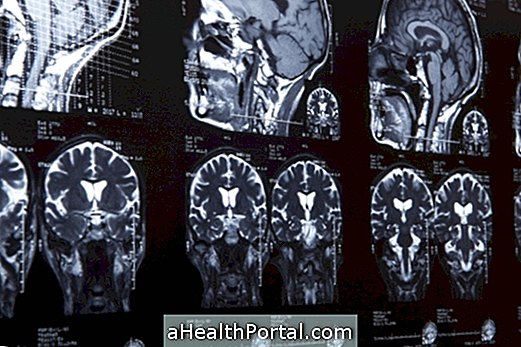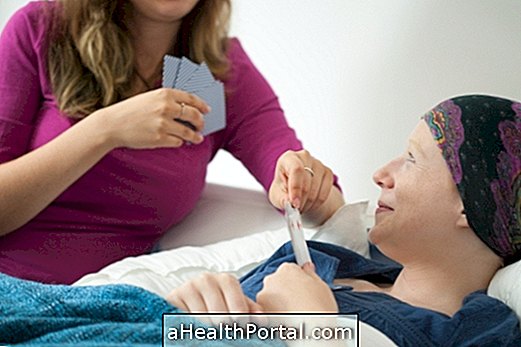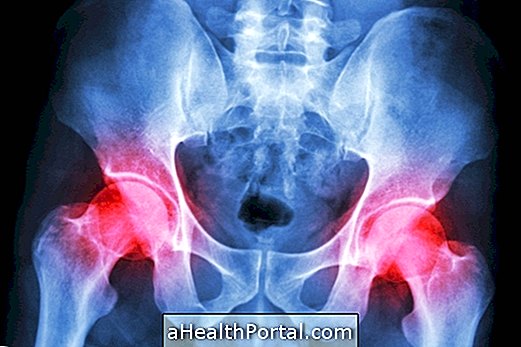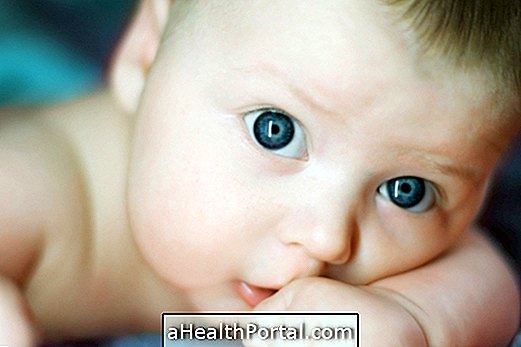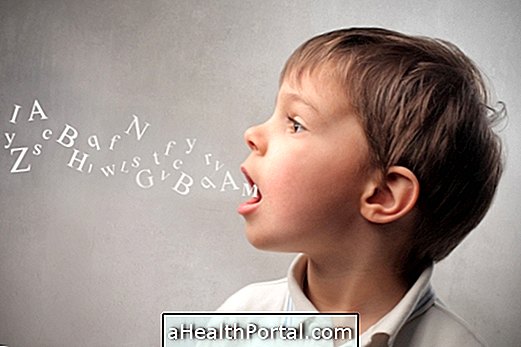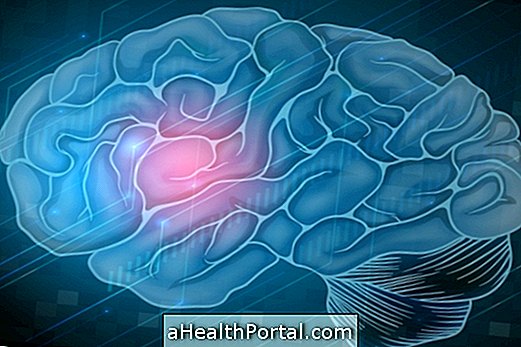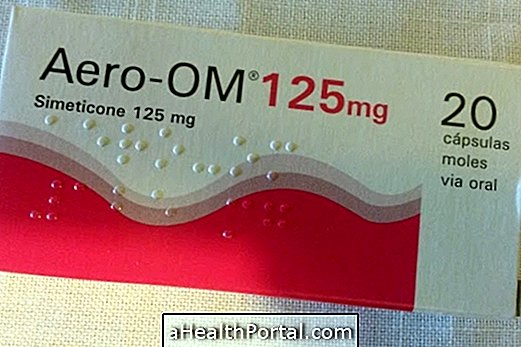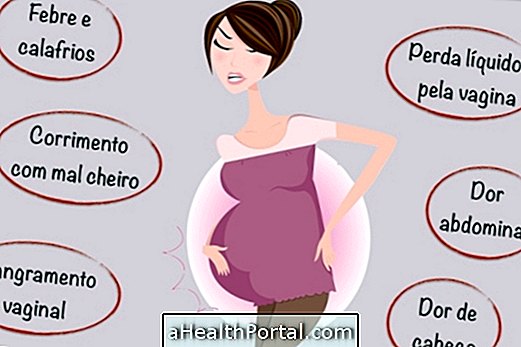Rhabdomyosarcoma is a cancer that develops in muscles, tendons and connective tissue, affecting mainly children and young people up to 18 years. This type of cancer can arise in almost every location of the body, since it develops where there is skeletal muscle, however, it can also arise in some organs such as bladder, prostate or vagina.
There are two main types of rhabdomyosarcoma:
- Embryonal rhabdomyosarcoma, which is the most common type of cancer, occurs more often in infants and children. Embryonic rhabdomyosarcoma tends to develop in the head, neck, bladder, vagina, prostate and testis areas;
- Alveolar rhabdomyosarcoma, which occurs most often in older children and adolescents, mainly affecting muscles of the thorax, arms and legs. This cancer is called this because the tumor cells form small hollow spaces in the muscles, called alveoli.
When rhabdomyosarcoma develops in the testicles is known as paratesticular rhabdomyosarcoma and occurs mainly in children or adolescents under 20 years, resulting in swelling and pain in the testicles. Know other causes of swelling of the testicles.
Usually, rhabdomyosarcoma forms during pregnancy, in the embryonic stage, in which the cells that are going to give rise to the skeletal muscle, called rhabdomyoblasts, become malignant and begin to multiply without control, originating cancer. Rhabdomyosarcoma is curable, especially if it is treated early in the developmental stages of the tumor after the child is born.

Signs and symptoms of rhabdomyosarcoma
The symptoms of rhabdomyosarcoma vary according to the size and location of the tumor, and may be:
- Mass that can be seen or felt in the region in the limbs, trunk or groin;
- Tingling, numbness and pain in limbs;
- Constant headache;
- Bleeding from nose, throat, vagina or rectum;
- Vomiting, stomach pain and constipation in the case of tumors in the abdomen;
- Yellowish eyes and skin, in the case of tumors in the bile ducts;
- Bone pain, cough, weakness and weight loss, when rhabdomyosarcoma is at a more advanced stage.
The diagnosis of rhabdomyosarcoma is performed through blood and urine tests, X-rays, computed tomography, magnetic resonance imaging and tumor biopsy to check the presence of cancer cells and to identify the degree of tumor malignancy. Understand how the biopsy is done.
The prognosis of rhabdomyosarcoma varies from person to person, however the earlier the diagnosis is made and the treatment is initiated, the greater the chances of cure and the less chance of reappearance of the tumor in adulthood.
How is the treatment done?
Treatment of rhabdomyosarcoma should be started as soon as possible and recommended by the general practitioner or pediatrician in the case of children and adolescents. Surgery is usually indicated for removal of the tumor, especially when the disease has not yet reached other organs.
In addition, chemotherapy and radiotherapy may also be used before or after surgery to try to reduce the size of the tumor and eliminate possible metastases in the body. Understand what metastases are and where they may arise.
Treatment of rhabdomyosarcoma, when performed in children or adolescents, may have some effects on growth and development, causing lung problems, delayed bone growth, changes in sexual development, infertility or learning problems.
